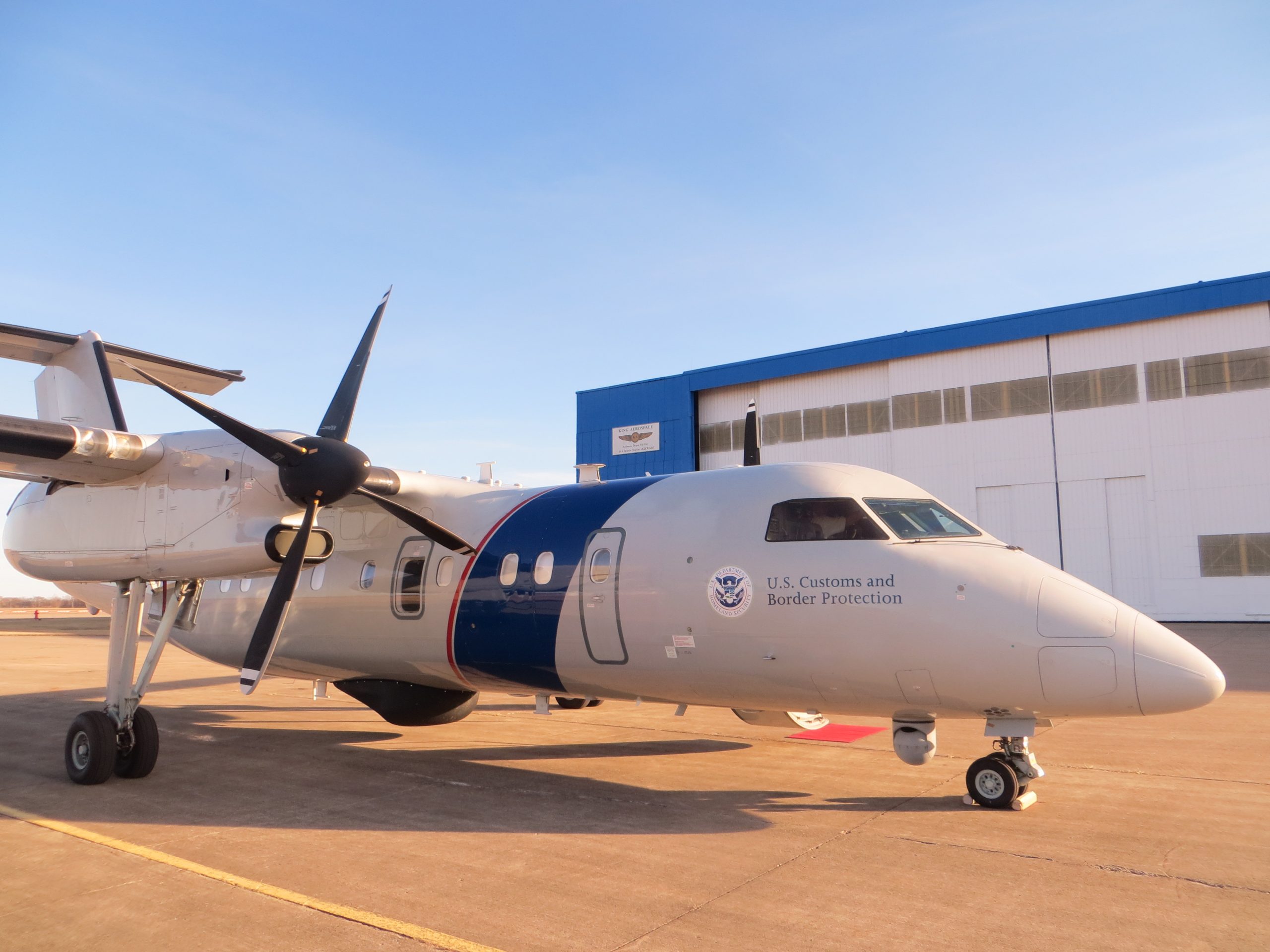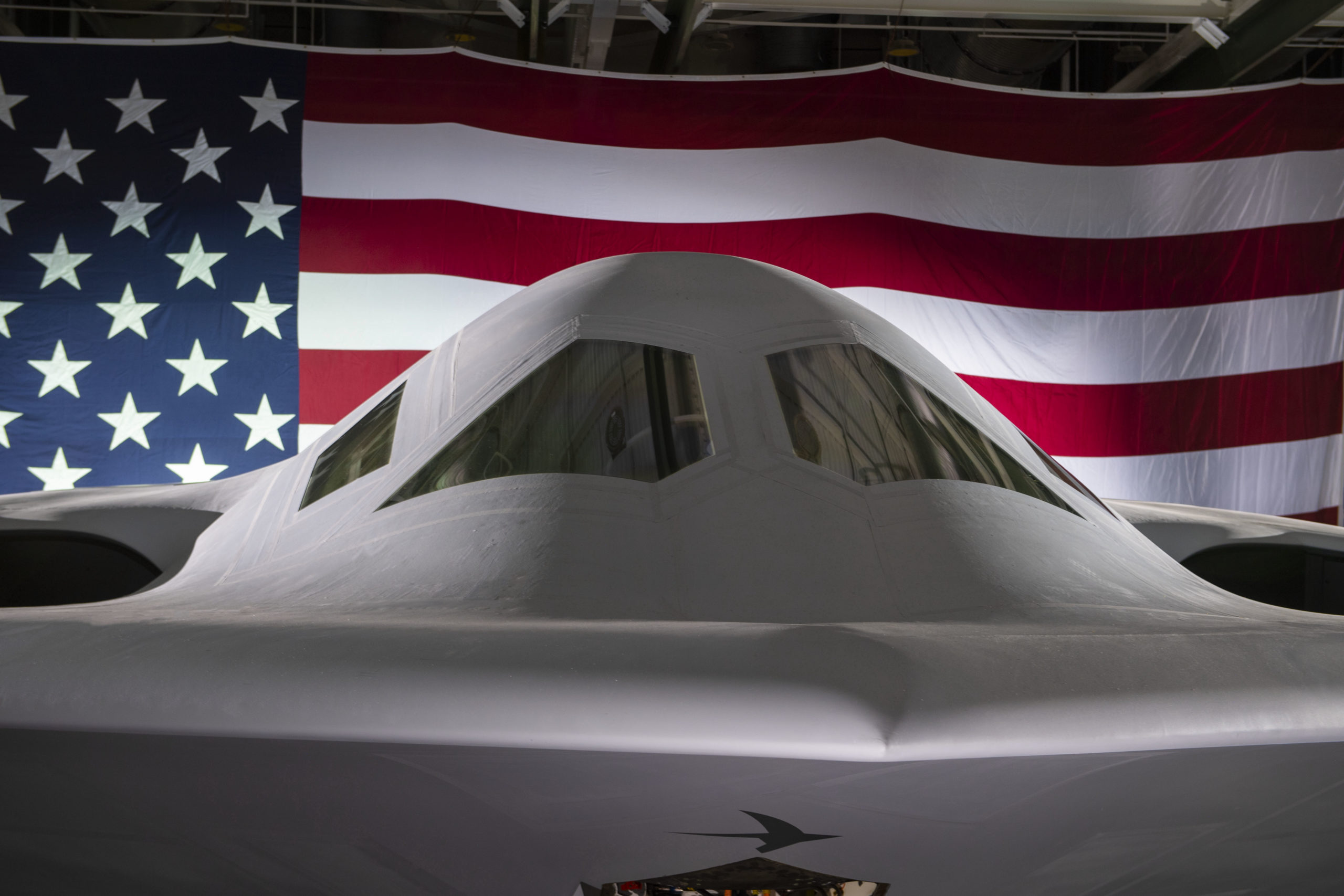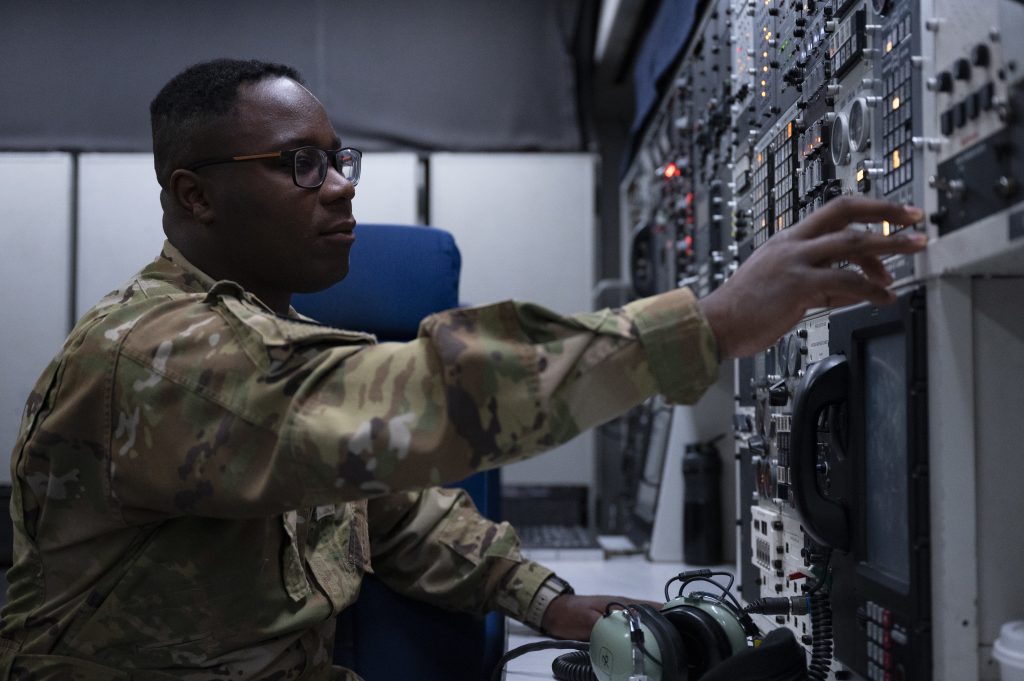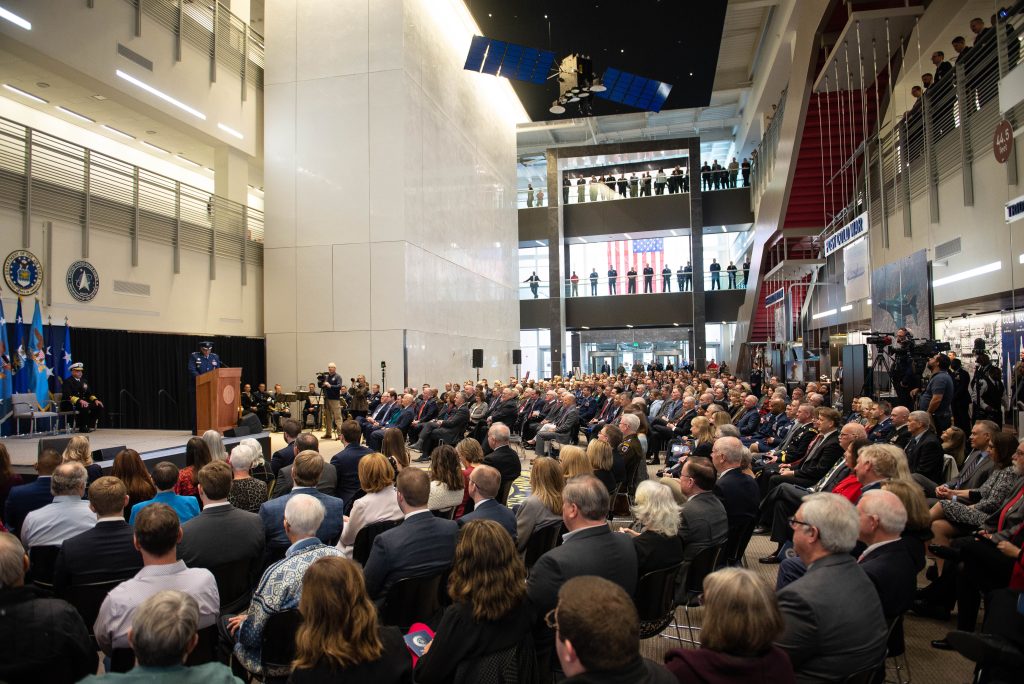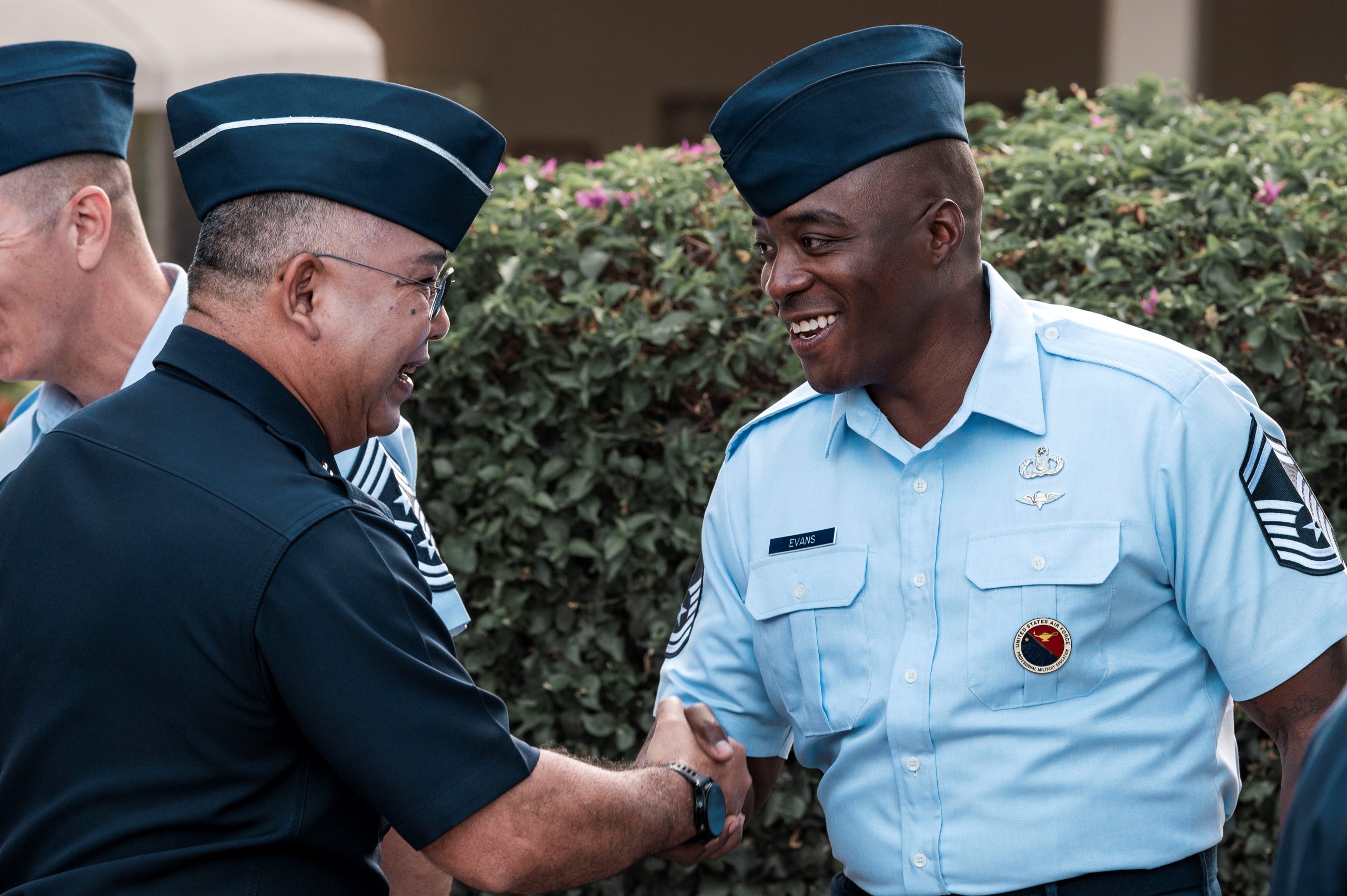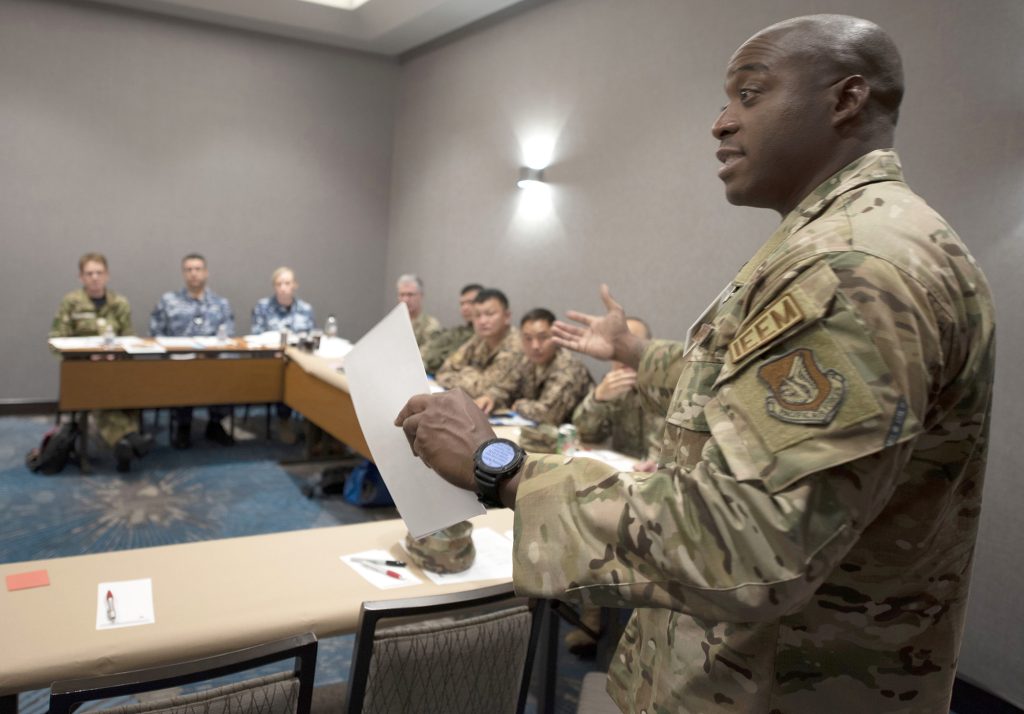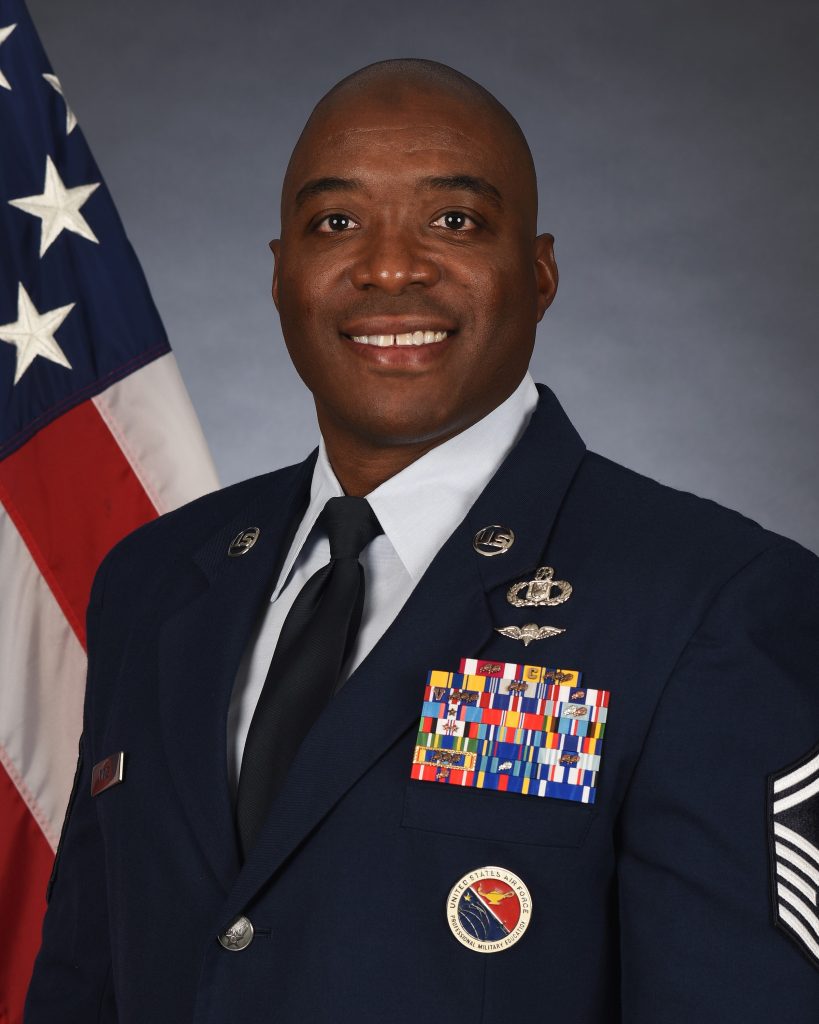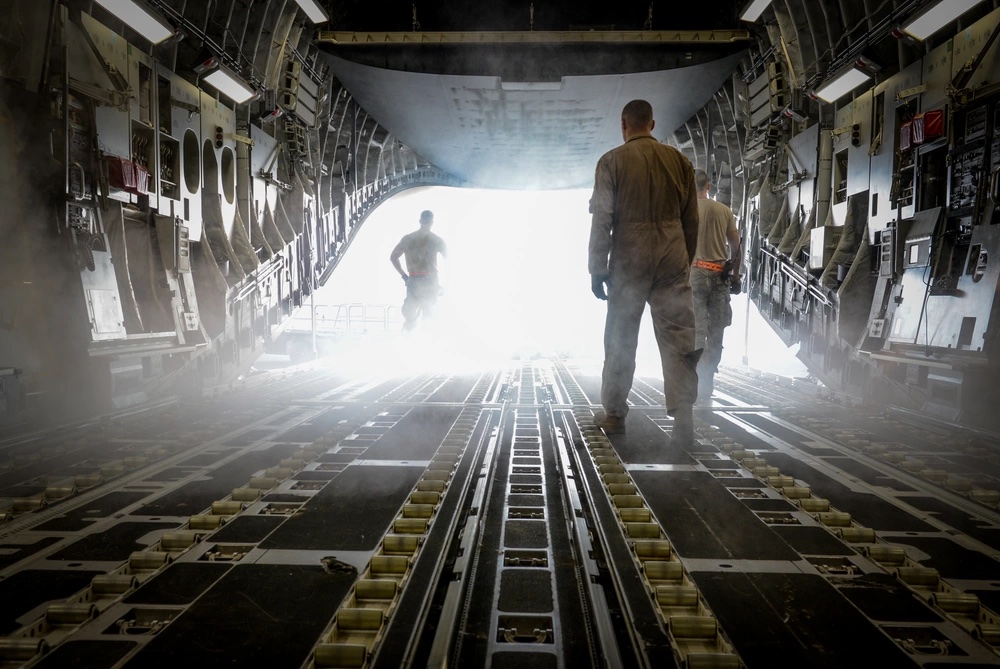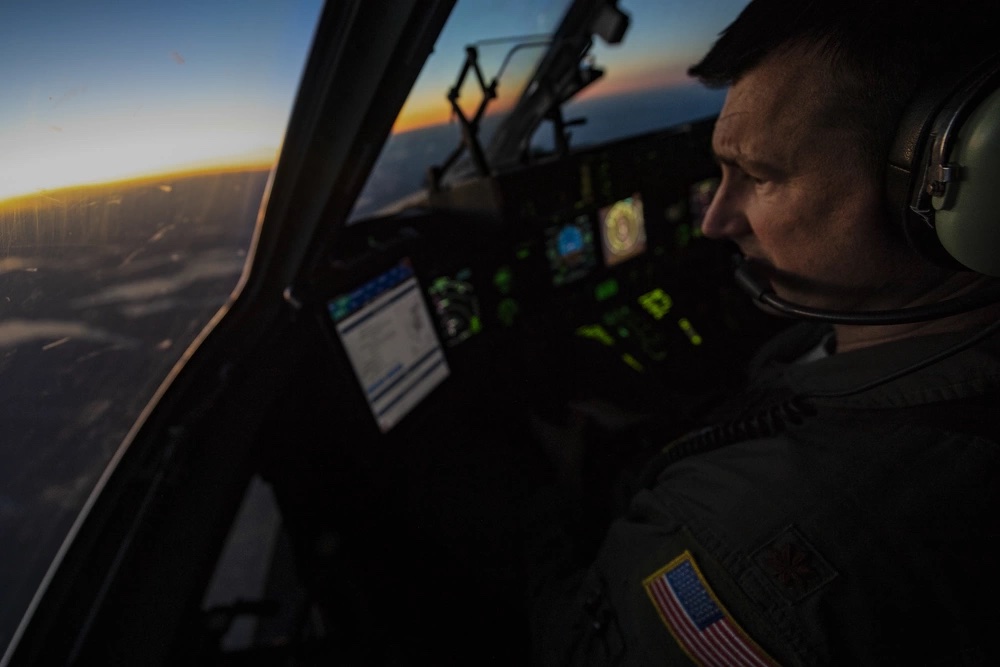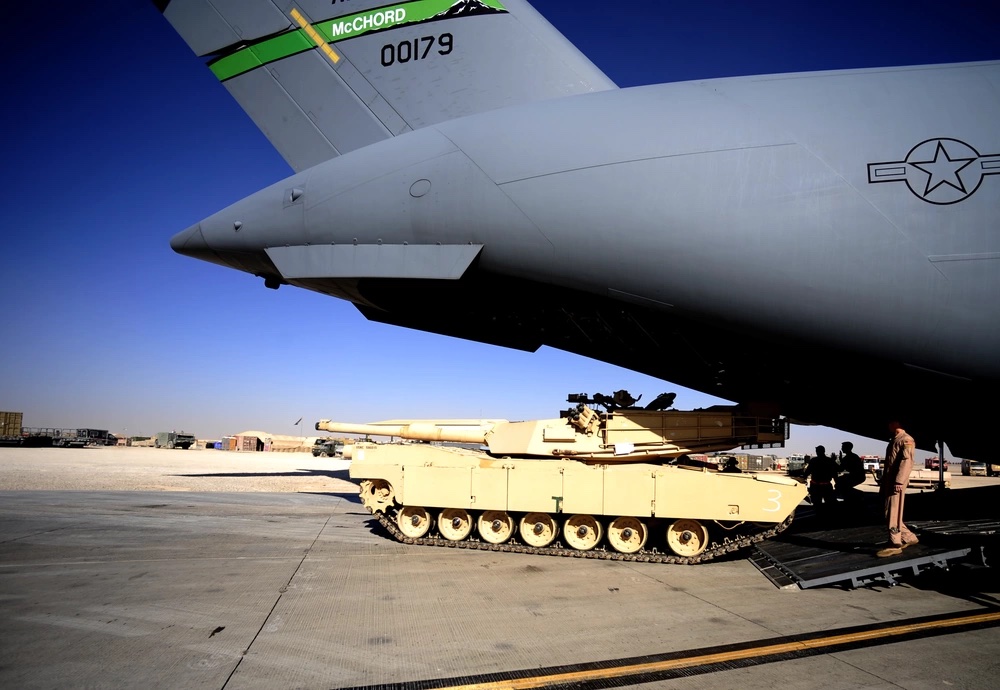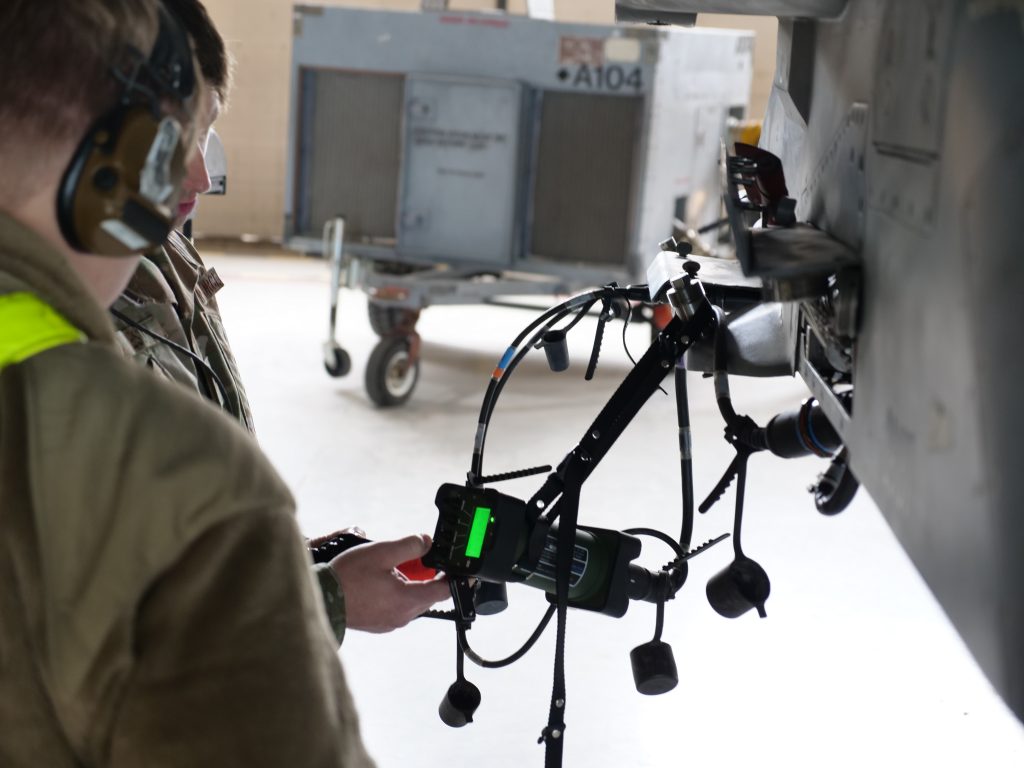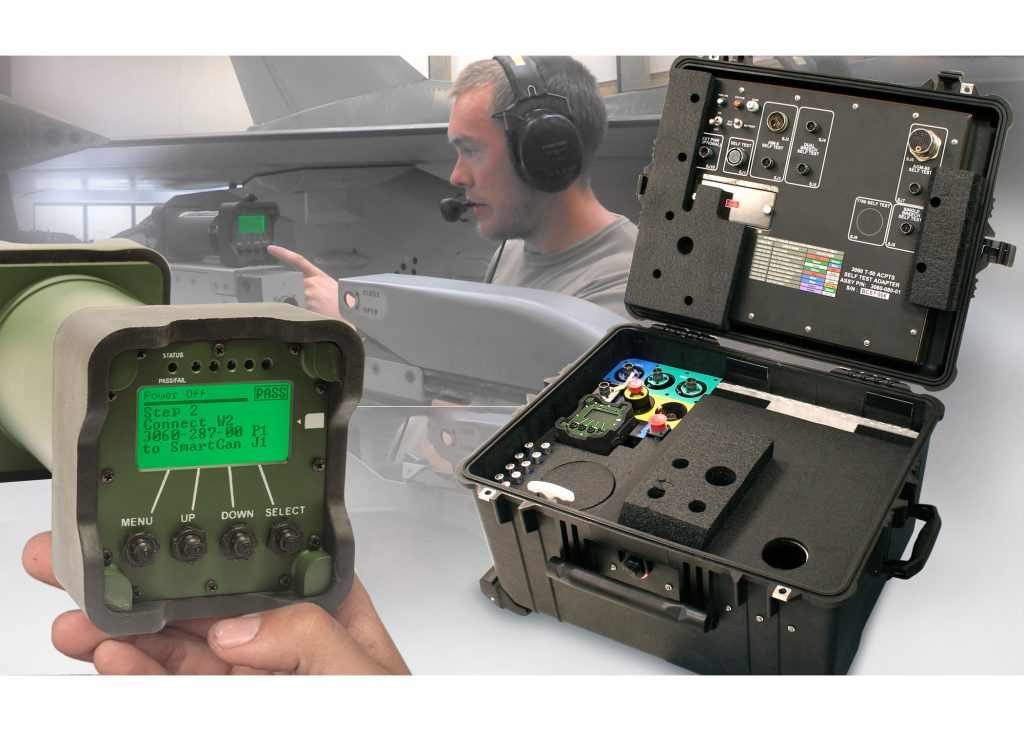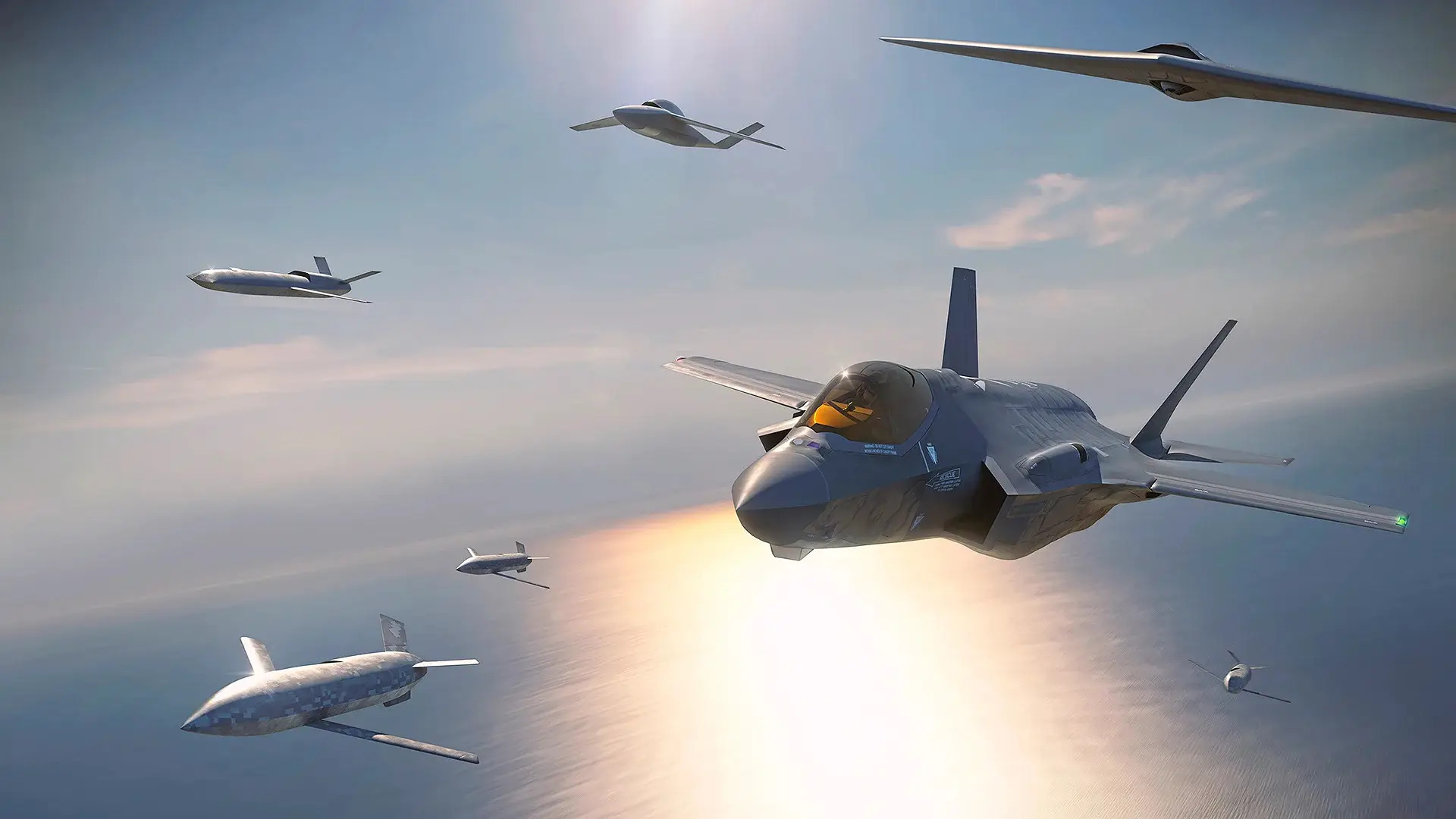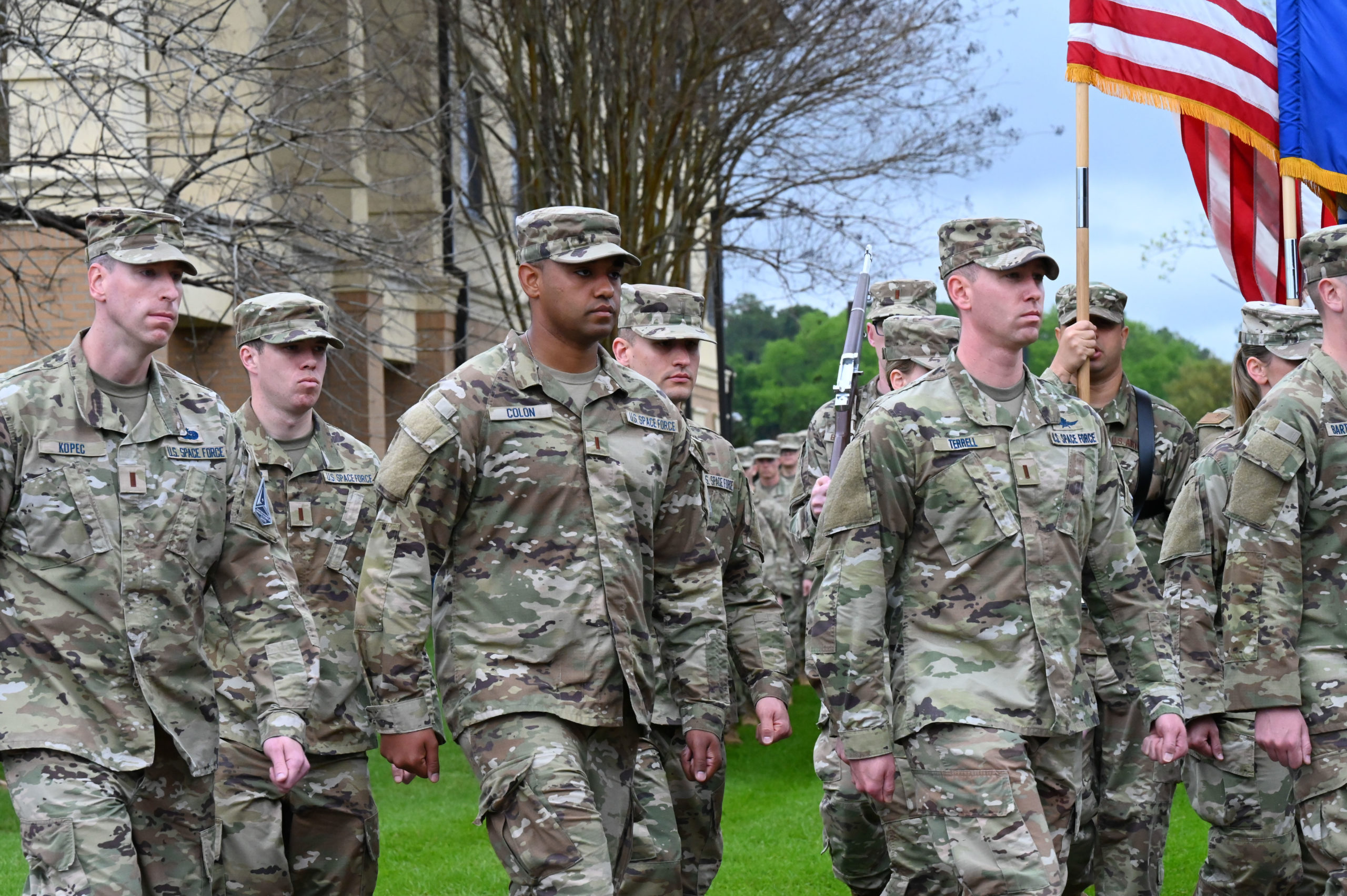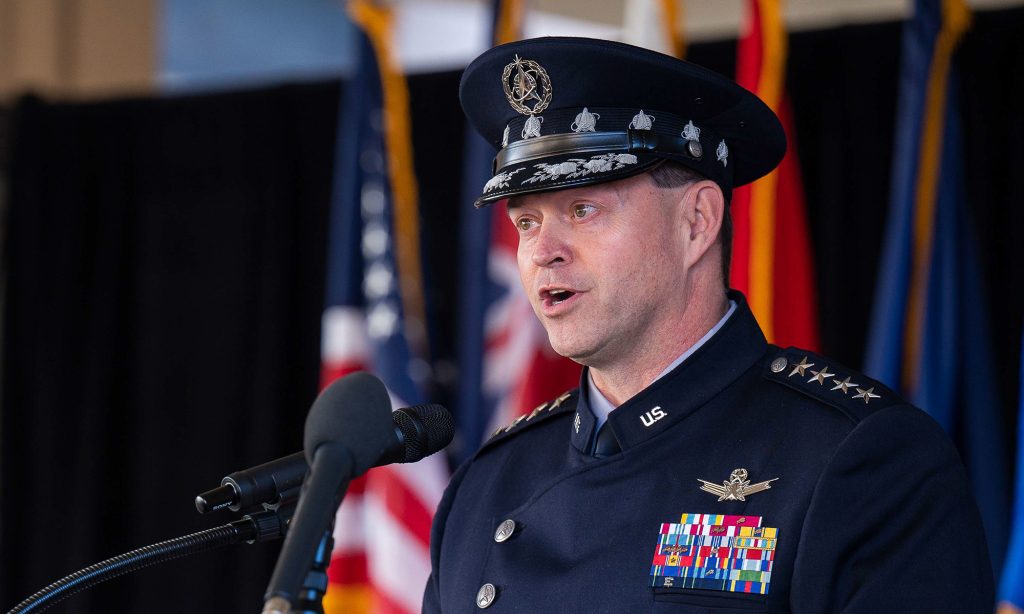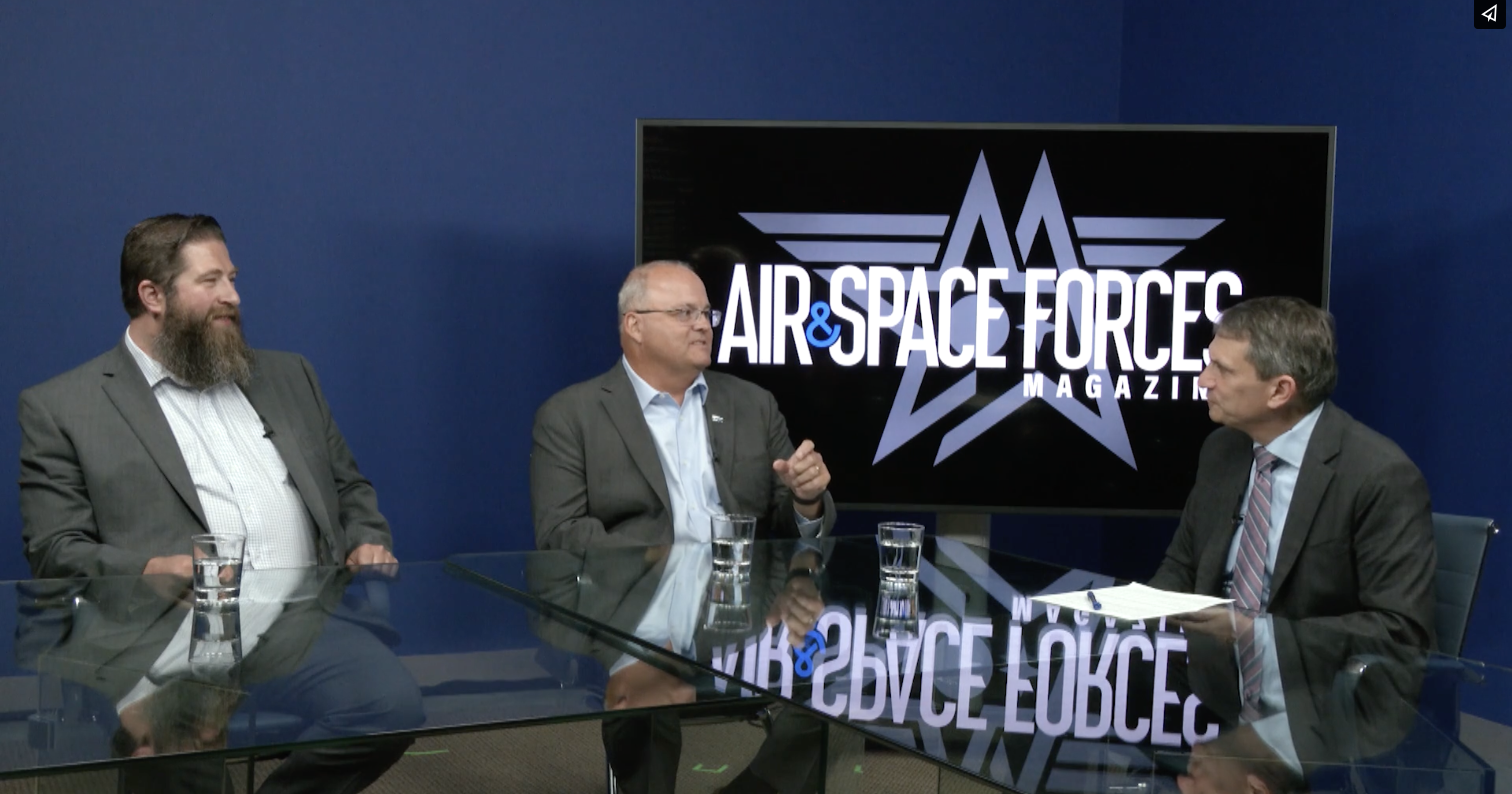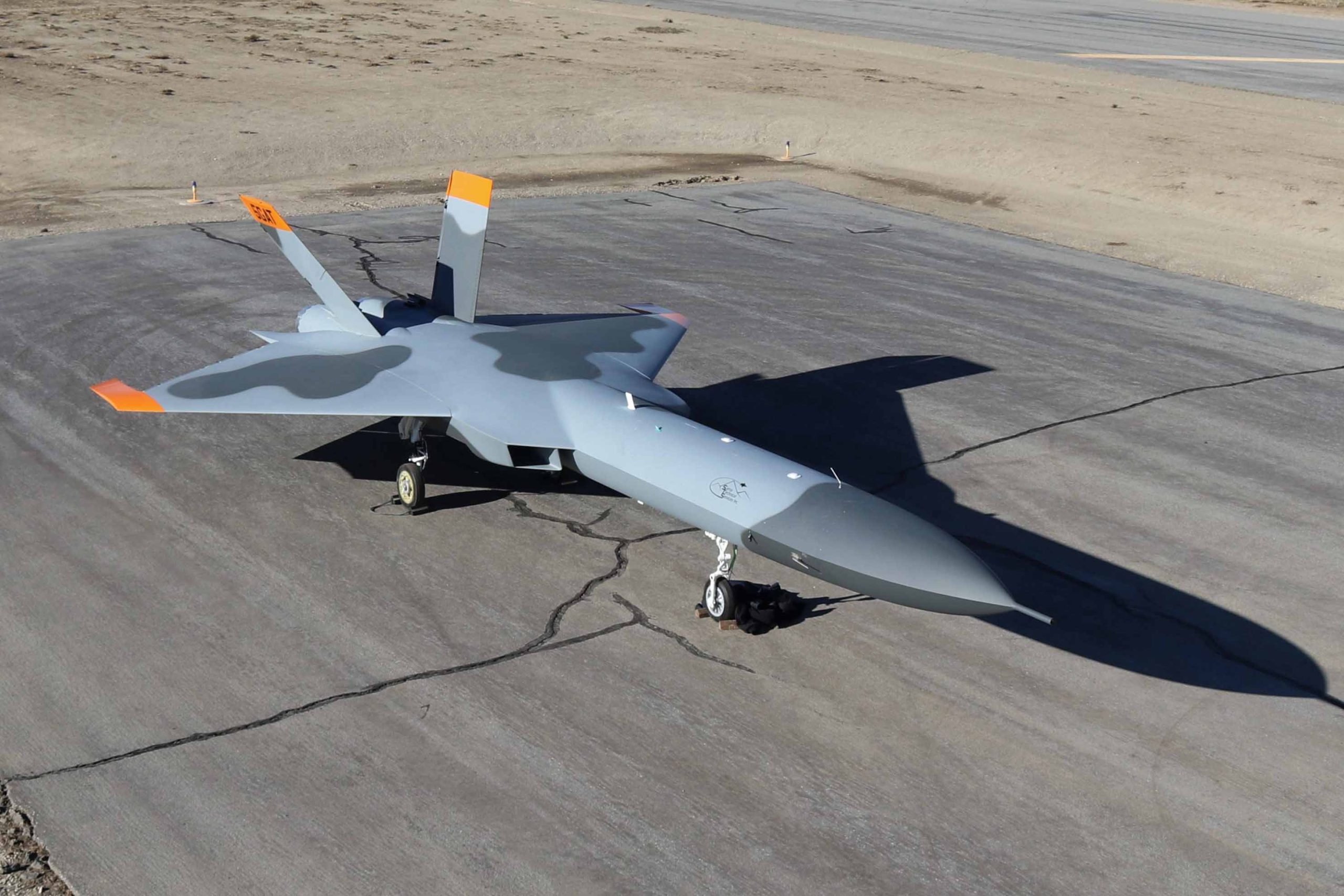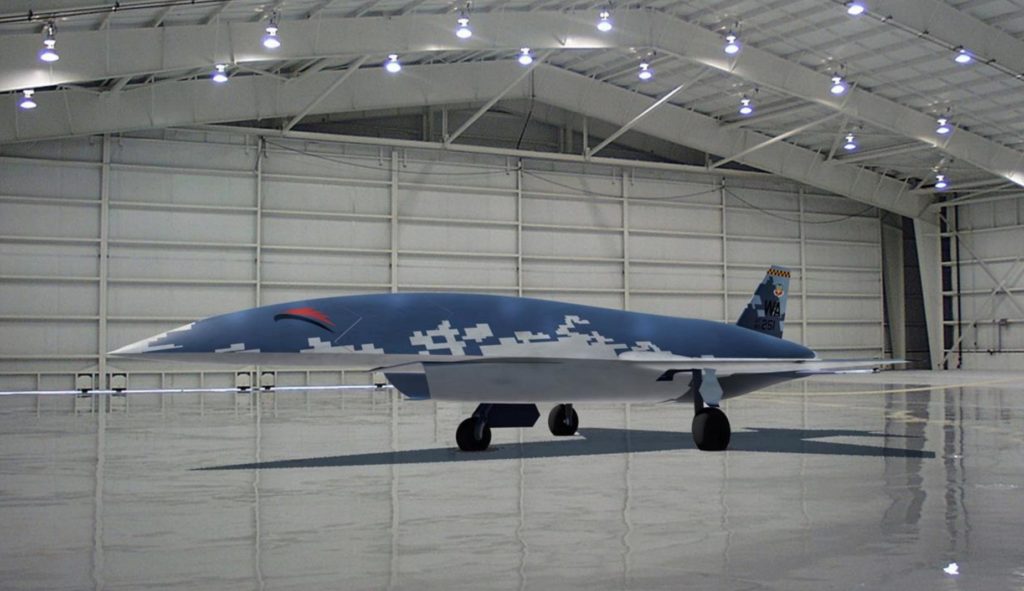With procurement contracts and practices under the microscope in the media and before Congress, companies supporting the U.S. Department of Defense (DoD) and other government agencies must remain mindful of the need to offer the best possible value.
Lean management, straightforward lines of communication and a commitment to God, Country and Family ensure that King Aerospace capably fulfills this important and privileged mission.
“We work diligently to provide the best possible solution for our government customer at the best value for the government and for the taxpayer,” said Mike Riley, company contracts manager. “That is how we approach every contract because, after all, we are all taxpayers, too.”
Brian Sinkule, chief financial officer, is a 30-year industry veteran and very familiar with the nuances of government procurement contracts. He noted that, although DoD maintains compliance requirements for all approved contractors to help keep costs in check, most large companies simply have “a lot of bureaucracy built into their processes.
“With a smaller company like King Aerospace, the government avoids paying for the layers upon layers of management that are common at larger entities,” he said. “We maintain a lean cost structure that really does provide the best value to our government customers.”
This commitment extends far beyond numbers on a spreadsheet. For King Aerospace Chairman and Founder Jerry King, the privilege to serve the country in this capacity is very personal.
“I am forever grateful to the U.S. Air Force, in particular, because had it not been for the Air Force there wouldn’t be a King Aerospace today,” he said. “Throughout our company, we share a similar commitment to protect and defend our beautiful country as those serving, and who have served, in our armed forces.”
In fact, more than 33% of King Aerospace team members have served in the military, and that is by design. “We want people with that same team spirit and sense of patriotism to come work for our company, earn their King Aerospace wings and continue their commitment to service,” King added.
Family-owned and “built differently”
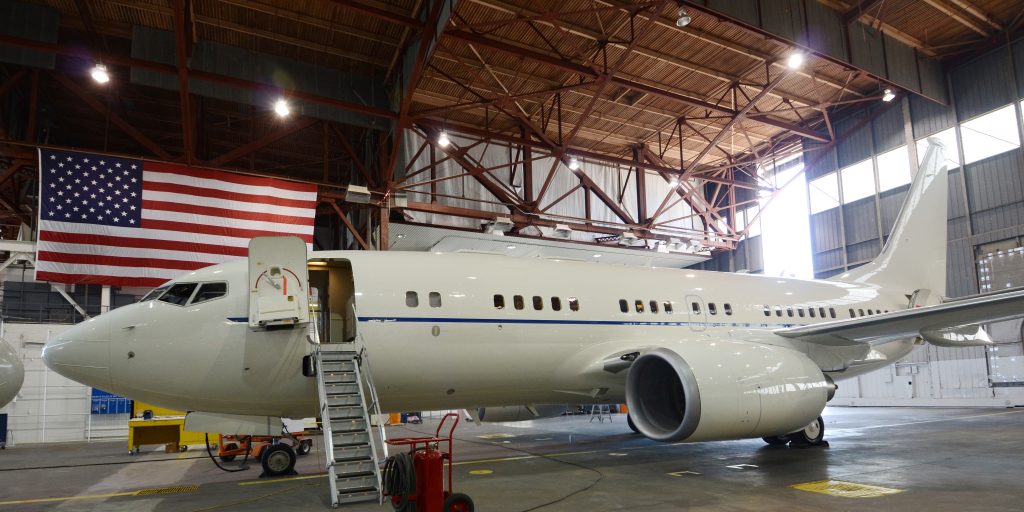
Of course, practically every smaller company also wants to become a larger company, and King Aerospace is no exception. For more than 30 years, however, the family-owned company has successfully maintained a leaner operational model even as it, too, has expanded its footprint and services.
“It comes down to growing your cost structure at a lower level than your revenue stream,” Sinkule added. “When King Aerospace bids for a new contract, I don’t need to cover the costs for dozens of company executives. We are able to still grow as a company and grow our capabilities without raising those costs.”
While additional staff may be needed to execute a contract responsibly and effectively, “that usually doesn’t require another executive,” noted Riley, who served as a U.S. Air Force procurement officer before joining King Aerospace in 2015. “That enables us to be more responsive, less bureaucratic and less costly.”
Companies must also resist “mission creep” and adding costs as work on a contract progresses. “Other companies may also look [at government contracts] for opportunities to add costs down the line,” Riley continued. “There are lots of times when a contractor may come back and say, ‘we bid to do A-B-C, but you really want A-B-C-D.’
“King Aerospace does not overstep like that,” he emphasized. “We are up front about exactly what we determine will be necessary to fulfill our government customer’s requirements.
“We’re built differently than most of our competitors,” he continued. “We’re staffed differently, and we execute differently. We’re more responsive and less costly. And, I truly believe – I know – that our government customers appreciate that very, very much.”
Serving our customers, not just the bottom line
Of course, value extends far beyond cost considerations to other metrics, including the ability to perform quality work, on time and to the customer’s complete satisfaction. By definition, leaner operations also require fewer layers of communication.
“It might take weeks for a request to pass through all the channels at larger organizations,” Riley says. “Our customers know that if they have a question or concern, they can simply give me a call and have an answer immediately.”
A strong company ethos, commitment to Servant Leadership and adherence to its Cornerstone Principles all guide King Aerospace’s relationship with the government. Sinkule, a longtime finance expert who “is always worried about the bottom line,” admitted he must still occasionally adjust his thinking a bit.
“It actually creates a little bit of conflict sometimes between Mr. King and me, but it’s a healthy conflict,” he chuckled. “I try to move him more my way and he tries to keep me more his way, opening my eyes to the fact there’s more to business than that ‘bottom line’ way of thinking.”
“He truly has a different mission in life,” he concluded, “and that takes some getting used to for a CFO. Most of us usually don’t get to live in that kind of world.”
